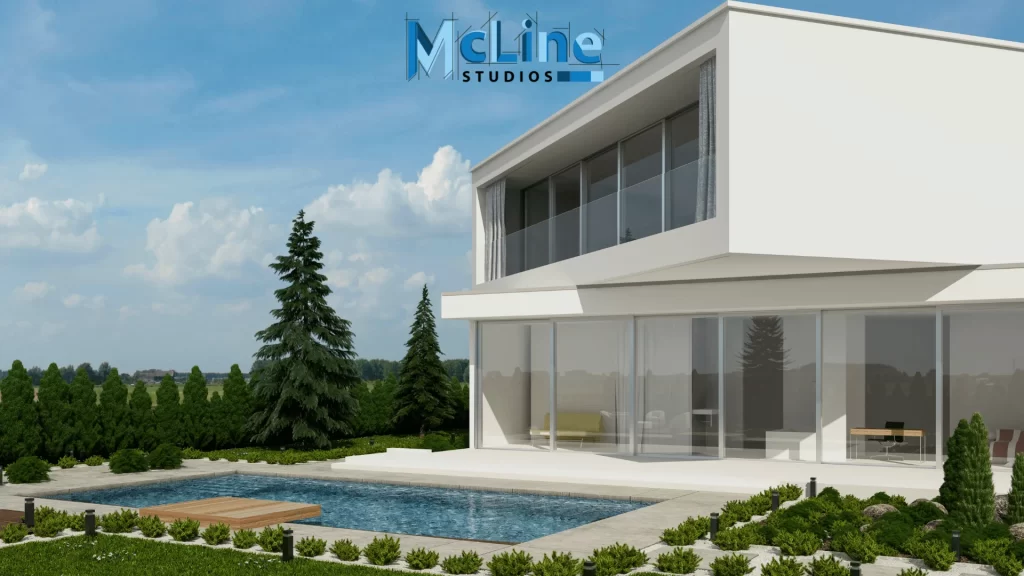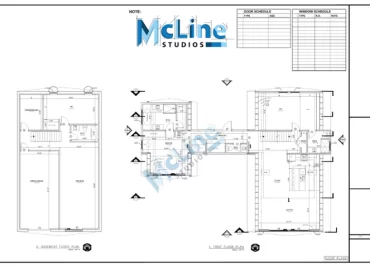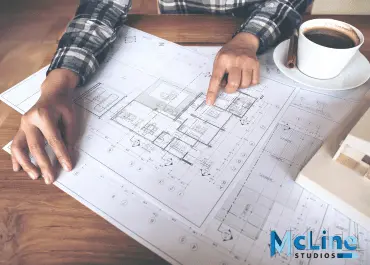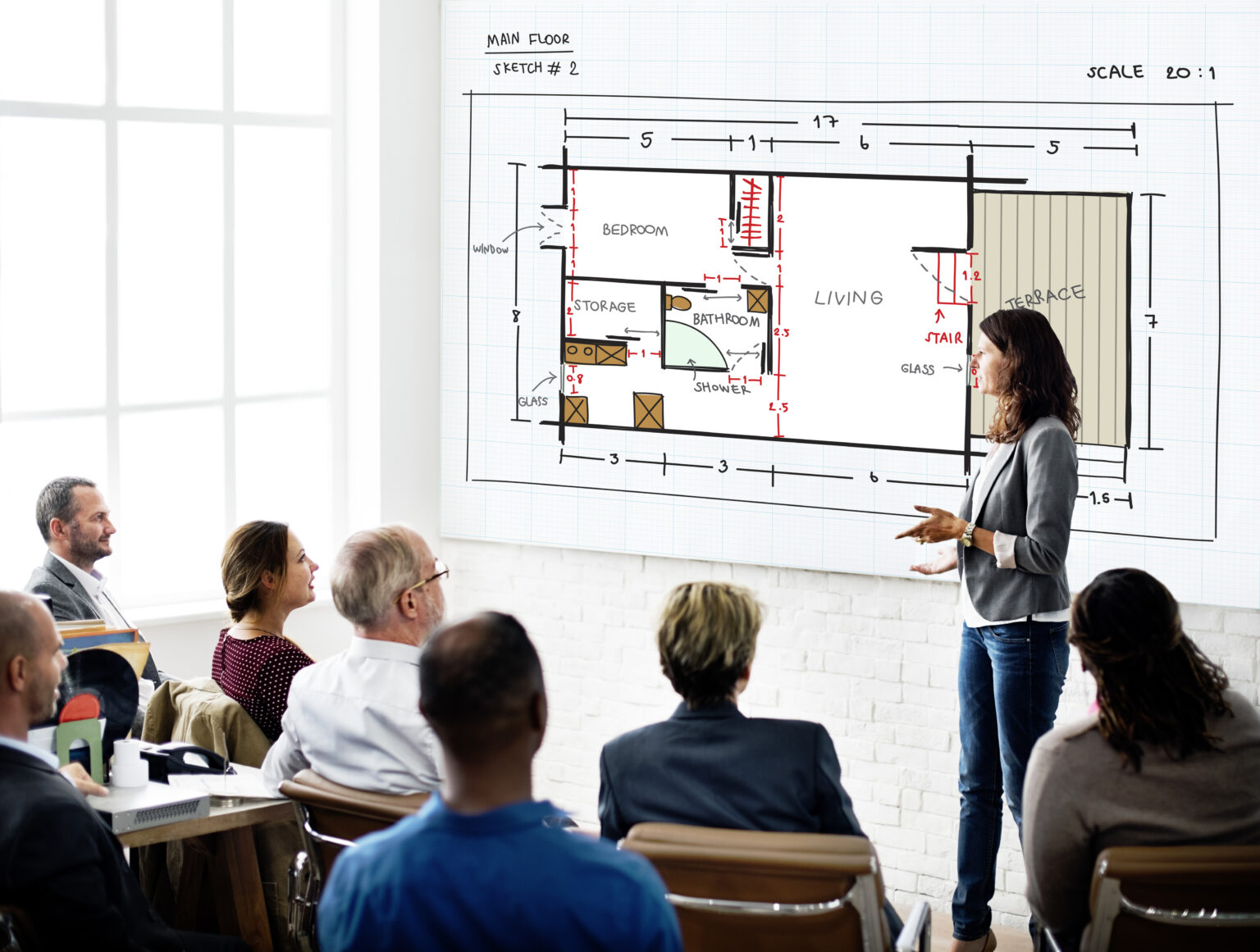Have you ever looked at a beautifully rendered landscape in a movie, video game, or animated film and wondered how it was created? The short answer is “Landscape Rendering” but what is landscape rendering? Landscape rendering is the process of creating realistic-looking outdoor environments like mountains, forests, deserts, and more using computer software.
The first step is modeling the landscape terrain itself by building a 3D mesh using specialized 3D modeling programs. The modeler has to carefully shape the mountains, valleys, hills, and other features of the environment. After the terrain mesh is finished, texture maps are created and applied to give the landscape a realistic look with dirt, grass, rocks, etc.
Next, the landscaping elements like trees, bushes, flowers, and other plants and rocks are modeled and added to the scene. The placement of these elements is important to make the setting look natural. Lighting effects simulating the sun, clouds, and atmospheric conditions are also calculated to make the render appear even more realistic.
Finally, the completed 3D scene is rendered as a 2D image or animation frame by frame using powerful computer systems. The rendering process calculates how light interacts with all the landscape elements to create photorealistic results. Talented artists and technical skills are required to make breathtaking landscape renders.
What is Landscape Rendering in Architecture?
Landscape rendering in architecture refers to the process of creating visual representations or depictions of outdoor spaces within architectural designs. These renderings aim to convey the intended appearance, ambiance, and functionality of landscapes such as gardens, parks, courtyards, and other outdoor areas associated with architectural projects.

Landscape renderings are essential in architectural design for several reasons:
1. Visualization: They help architects and clients visualize how the outdoor spaces will look once the project is completed. This visualization aids in decision-making and ensures that everyone involved has a clear understanding of the design intent.
2. Communication: Renderings serve as a means of communication between architects, clients, and other stakeholders involved in the project. They allow for effective exchange of ideas and feedback, leading to better-informed design decisions.
3. Marketing: High-quality landscape renderings can be used for marketing purposes to showcase architectural projects to potential clients, investors, or the public. They help in attracting interest and generating excitement about the proposed development.
4. Design Development: Landscape renderings are valuable tools during the design development process. They enable architects to experiment with different design options, materials, and spatial arrangements to achieve the desired aesthetic and functional goals.
5. Environmental Analysis: Through rendering, architects can assess how the landscape design interacts with the surrounding environment, including factors such as sunlight, shade, wind patterns, and views. This analysis helps optimize the design for sustainability and user comfort.
In practice, landscape renderings allow architects to model and render outdoor spaces with a high degree of realism. These renderings may include elements such as vegetation, hardscape features, water bodies, lighting, and people to provide a comprehensive representation of the intended landscape design.
Difference Between 2D and 3D Landscape Rendering
2D and 3D landscape rendering are both techniques used in architectural and landscape design to visually communicate ideas, concepts, and designs to clients, stakeholders, and collaborators. While they both serve the same purpose of conveying design intent, they differ significantly in terms of presentation style, depth, and detail.
Here are the key differences between 2D and 3D landscape rendering:
Dimensionality
- Landscape 2D rendering: 2D landscape renderings are flat representations of landscapes or architectural designs. They are typically created using software like Adobe Photoshop or Illustrator and involve drawing or painting techniques to depict the design from a top-down or perspective view.
- Landscape 3D rendering: 3D landscape renderings, on the other hand, provide a more immersive and realistic representation of the landscape or architectural design. They are created using specialized software like Autodesk Maya, Blender, or SketchUp, which allows designers to model the landscape in three dimensions, including depth, height, and width.
Depth and Perspective
- Landscape 2D rendering: In landscape 2D renderings, depth and perspective are implied through techniques such as foreshortening, shading, and overlapping objects. However, the depth perception is limited compared to 3D renderings.
- Landscape 3D rendering: Landscape 3D renderings offer a more accurate representation of depth and perspective. They allow viewers to explore the landscape from different angles and viewpoints, providing a better understanding of spatial relationships and scale.
Detail and Realism
- Landscape 2D rendering: While landscape 2D renderings can convey design concepts effectively, they often lack the level of detail and realism found in 3D renderings. Details such as textures, lighting, and shadows may be more challenging to achieve convincingly in 2D.
- Landscape 3D rendering: 3D landscape renderings excel in providing intricate detail and realism. Designers can apply realistic textures, lighting effects, and shadows to create lifelike representations of landscapes, enhancing the overall visual impact and conveying a more immersive experience.
Interactivity
- Landscape 2D rendering: Landscape 2D renderings are static images, limiting interactivity and the ability to explore the design from different perspectives.
- Landscape 3D rendering: 3D renderings often offer interactive features, allowing viewers to navigate through the landscape in real time or manipulate the viewpoint to gain a better understanding of the design.
Client Engagement
- Landscape 2D rendering: 2D landscape renderings are effective for presenting design concepts clearly and concisely, making them suitable for initial presentations or concept development stages.
- Landscape 3D rendering: 3D renderings are particularly effective for engaging clients and stakeholders by providing them with a more immersive and realistic experience of the proposed landscape design. They can help clients visualize the final outcome more accurately, leading to better-informed decision-making and increased client satisfaction.
While both 2D and 3D landscape renderings serve as valuable tools in the design process, they offer distinct advantages in terms of presentation style, depth, detail, interactivity, and client engagement. The choice between 2D and 3D rendering often depends on the specific requirements of the project, the target audience, and the desired level of visual fidelity.
What is the Process of Landscape Rendering?
Landscape rendering refers to the process of creating realistic and visually appealing representations of outdoor natural environments, such as mountains, valleys, forests, deserts, and bodies of water, using computer graphics techniques. The process involves several stages, including modeling, texturing, lighting, and rendering.
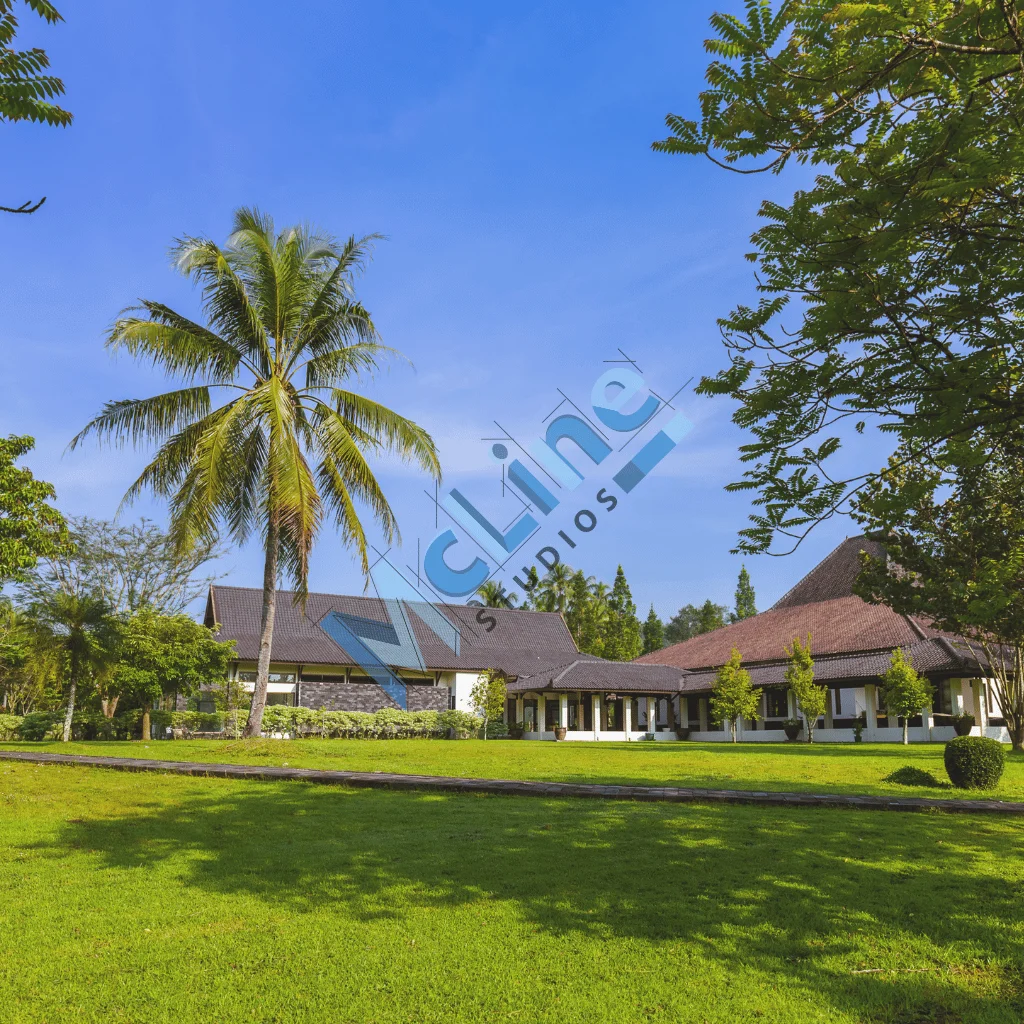
Modeling
- Terrain modeling: Creating the basic shape and terrain of the landscape, including mountains, hills, valleys, and other landforms. This is often done using techniques like heightmaps, procedural generation, or sculpting tools.
- Vegetation modeling: Modeling various types of vegetation, such as trees, shrubs, grasses, and flowers. This can be achieved through procedural modeling, particle systems, or manual modeling of individual plants.
- Prop modeling: Modeling additional elements like rocks, boulders, logs, or man-made structures. That can enhance the realism and detail of the landscape.
Texturing
- Terrain texturing: Applying textures to the terrain to simulate different types of surfaces, such as soil, rock, sand, or snow.
- Vegetation texturing: Adding detailed textures to the vegetation models, including bark, leaves, petals, and other features.
- Prop texturing: Applying appropriate textures to the prop models, such as rock textures or wood grain.
Lighting
- Environment lighting: Setting up realistic lighting conditions to simulate the sun, sky, and atmospheric effects, such as sun angle, time of day, and weather conditions.
- Shadows: Calculating accurate shadows cast by terrain features, vegetation, and props based on the lighting setup.
- Ambient occlusion: Simulating realistic shadowing and ambient lighting in crevices, overhangs, and other areas where light is occluded.
Rendering
- Camera setup: Positioning and adjusting the virtual camera to capture the desired viewpoint and framing of the landscape.
- Rendering settings: Configuring rendering parameters, such as resolution, anti-aliasing, depth of field, and other settings to achieve the desired level of realism and visual quality.
- Post-processing: Applying post-processing effects like color grading, bloom, ambient occlusion, depth of field, or atmospheric scattering to enhance the final rendered image or animation.
Throughout the process, various techniques and algorithms are employed to optimize performance, handle large-scale scenes, and achieve realistic and visually compelling landscape renderings. These techniques may include level-of-detail (LOD) management, instancing, culling, and advanced rendering techniques like ray tracing or path tracing.
Landscape rendering finds applications in various fields, such as video games, animated films, architectural visualization, virtual reality simulations, and scientific visualizations. Where accurate and visually appealing representations of outdoor environments are essential.
The End Note
In conclusion, landscape rendering serves as a powerful tool for architects, urban planners, and designers to visualize and communicate their ideas effectively. Through the integration of advanced technology and artistic skill, landscape renderings breathe life into concepts, allowing stakeholders to envision the outcome with clarity and precision.
As our cities evolve and environmental consciousness grows, the role of landscape rendering becomes increasingly vital in creating sustainable, aesthetically pleasing environments. With the advancement of technology, companies like McLine Studios stand at the forefront, offering state-of-the-art 3D rendering services that breathe life into conceptual landscapes.

